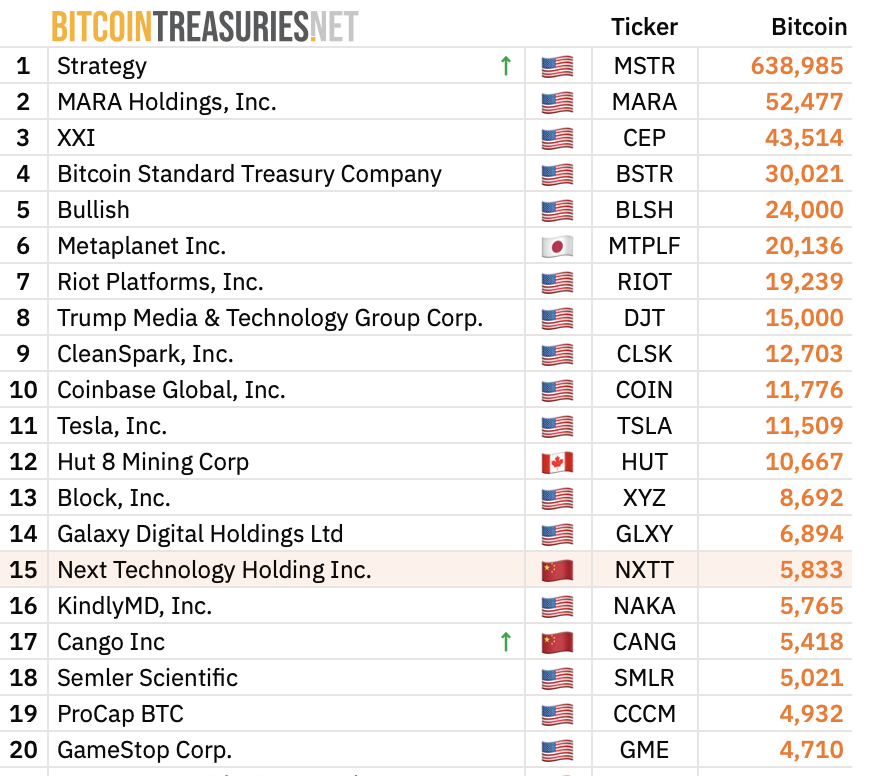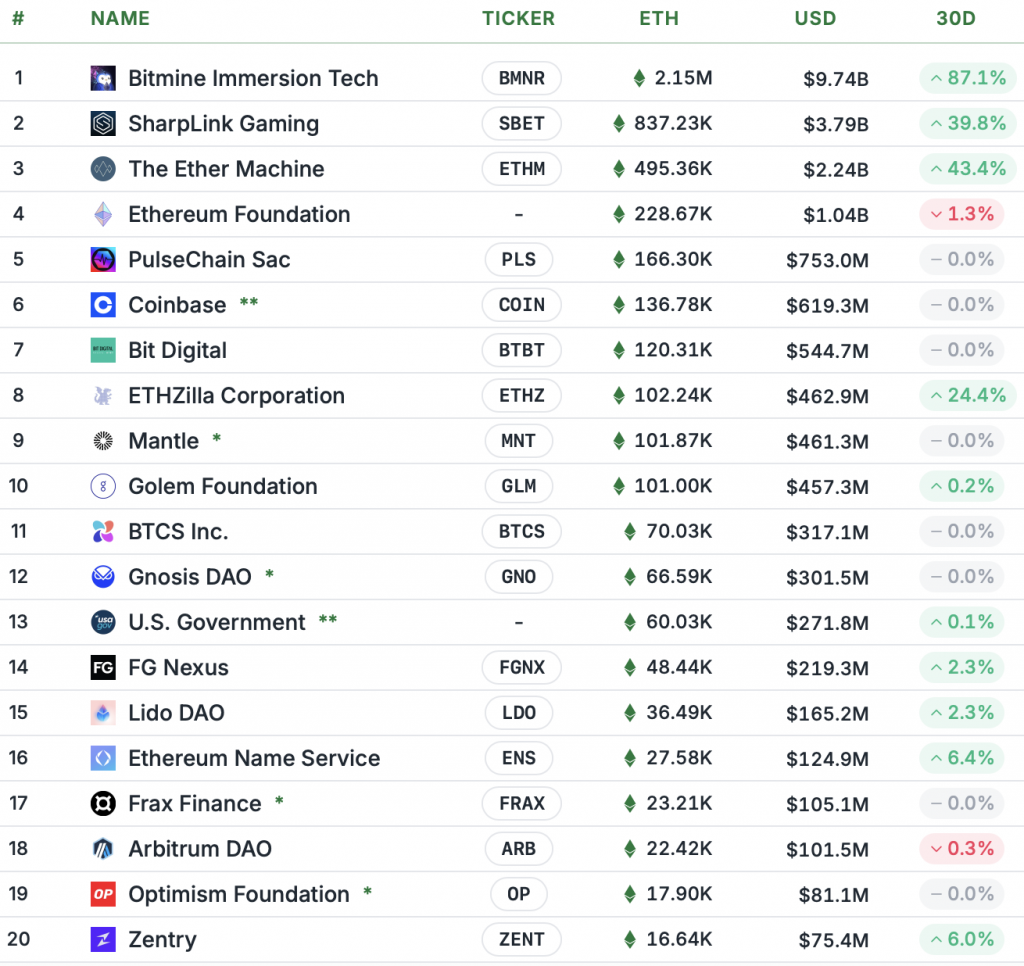⚔️ Companies and governments continue to actively build up their cryptocurrency reserves. U.S. Senator Cynthia Lummis has introduced a bill requiring the U.S. Treasury to acquire 1 million BTC within five years for the federal reserve. In March 2025, former President Donald Trump announced the creation of a Strategic Bitcoin Reserve, funded by cryptocurrencies confiscated by the U.S. Treasury.

This trend reflects the growing interest in digital assets as a tool for strategic capital management — both at the corporate and governmental level.
Why Corporations Choose Cryptocurrency Reserves
Traditionally, corporate reserves consisted of fiat money, gold, and government bonds to preserve value and ensure liquidity. However:
- Fiat loses purchasing power due to inflation.
- Bonds carry interest rate and market risks.
- Currency shocks can suddenly hit the balance sheet.
Today, Bitcoin, Ethereum, and stablecoins are positioned alongside traditional assets. The main objectives for corporations:
- Hedge against inflation.
- Diversify currency risks.
- Maintain 24/7 liquidity.
- Test digital settlements.
For governments, the range of objectives is broader:
- Establish strategic reserves.
- Increase resilience to sanctions.
- Access neutral global liquidity.
Bitcoin — Digital Gold 🪙
Since its inception, Bitcoin has held a unique position as the first and most well-known cryptocurrency. It attracts reserves aiming to protect against inflation and traditional currency risks.

Examples:
- El Salvador created a sensation in 2021 by adopting BTC as legal tender.
- Countries like Bhutan quietly included Bitcoin in their reserves.
- In the corporate world, Strategy continuously acquires BTC, making it a primary reserve asset.
Advantages of Bitcoin:
- Highly liquid due to global markets.
- Scarce due to limited supply.
- Widely recognized in the financial world.
Yield characteristics: to generate profit from idle BTC, it often needs to be combined with external lending or derivative strategies.
Statistics as of September 16, 2025:

Top-20 corporate Bitcoin holders. Source: Bitcoin Treasuries
- Strategy controls approximately 638,985 BTC worth billions of dollars.
- The number of public companies holding BTC increased from 70 in December 2024 to 134 by mid-2025, accumulating nearly 245,000 BTC.
Ethereum — A Programmable Alternative
Although Bitcoin remains the cornerstone of reserves, Ethereum became an attractive alternative after switching to the proof-of-stake algorithm (The Merge) in 2022.

Advantages of ETH:
- Reduced energy consumption.
- Staking introduced, yielding 3–5% annually.
- A productive asset, unlike BTC.
The Ethereum ecosystem adds value:
- DeFi allows liquidity without selling assets.
- Tokenized real-world assets (bonds, commodities) strengthen Ethereum’s role as a financial platform.
- Companies and DAOs use ETH as a reserve for long-term stability.
Statistics as of September 16, 2025:

Top-20 corporate Ethereum holders. Source: Strategic ETH Reserve
- 71 holders had 4.91M ETH worth $21.28B.
- Bitmine Immersion Tech (BMNR) is the largest holder with 2.15M ETH (~$9.74B).
Dual Strategy: BTC + ETH
Some governments and corporations have started combining both assets:
- BTC provides stability and global recognition.
- ETH generates yield and supports a growing tokenized asset ecosystem.

Examples:
- The U.S. federal government created a strategic crypto reserve: 198,000–207,000 BTC ($17–20B) through seizures and other sources.
- U.S. digital asset vault for altcoins: about 60,000 ETH, valued at $261M (according to Arkham Exchange’s analysis of government addresses).
- BitMine Immersion Technologies holds 192 BTC and simultaneously 2.15M ETH (~$9.74B).
Who Wins in 2025?
The competition between BTC and ETH highlights their unique strengths:
| Asset | Advantages | Use Purpose |
|---|---|---|
| Bitcoin | Stability, trust, global recognition | Capital preservation, liquidity |
| Ethereum | 3–5% yield, DeFi, asset tokenization | Growth, income generation, participation in financial ecosystem |
💎 Conclusion:
The choice between BTC and ETH depends on objectives:
- BTC is suitable for long-term value storage and liquidity.
- ETH attracts with yield and practical utility.
Most likely, the future of corporate and government reserves will combine both assets — Bitcoin’s stability and Ethereum’s yield — setting new standards for strategic cryptocurrency reserves.
All content provided on this website (https://wildinwest.com/) -including attachments, links, or referenced materials — is for informative and entertainment purposes only and should not be considered as financial advice. Third-party materials remain the property of their respective owners.


